
2 minute read
OF ARTIFACTS AND TIME
Liz G Lvez
“It seems that architects build in an isolated, self-contained, ahistorical way. They never seem to allow for any kind of relationships outside of their grand plan.”
- Robert Smithson, 1973, Entropy Made Visible.
In the Spring of 2022, I taught a first-year design studio at Rice University based in Houston, Texas. To familiarize the students with the most ubiquitous system of residential and small-scale construction, we presented the students with a hands-on exercise in wood framing systems. Curiously, and as many of our students come from an international background, the most pressing questions about this construction system were about durability. Will these materials last? How long will they last? There was a complete aversion to the thought that our precious artifacts would not stand the so-called test of time. Everyone wanted to build in concrete. The Pantheon was cited. It was, after all, an artifact whose unreinforced concrete dome continues to stand nearly 2000 years after its construction. And yet, it isn’t. It isn’t the bare concrete material that lasts this amount of time.
The following project images are from Office e.g.'s "An (Im)material Space", "From Wood to Tree", and "Of Envelopes & Air". All images are courteous of Liz Gálvez and Office e.g.
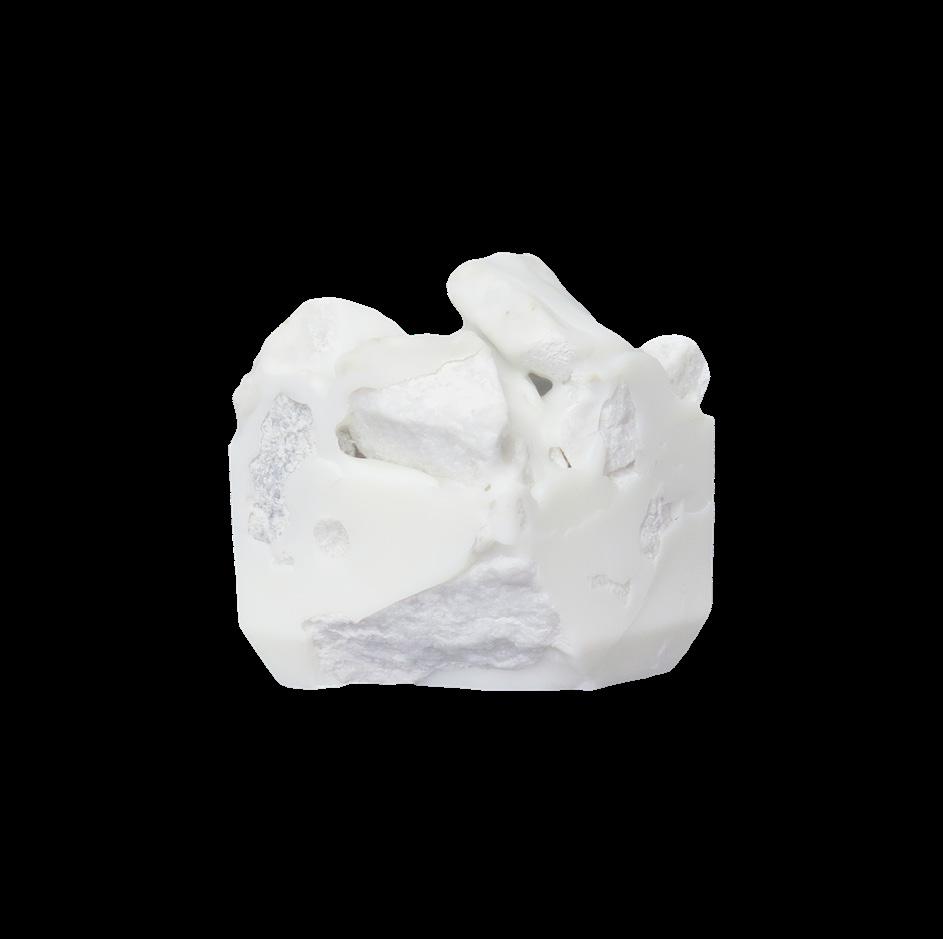
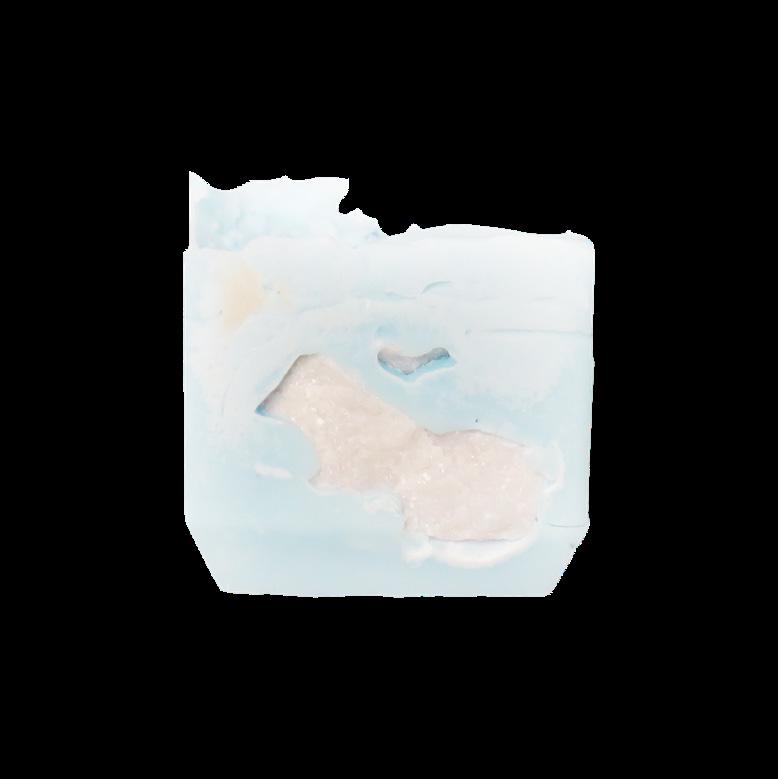
Rather, this concrete matter is in a constant state of entanglement — living and changing — with those societies who have sought to preserve, evolve, and maintain it.
Architectural objects are in a constant engagement with their time-based material and immaterial systems—atoms slowly (solids) or quickly (fluids) bouncing, and sweeping within or throughout enclosures. Extractive forms of energy and material production catalyze ever-more climatic changes, which manifest at multiple, tangible scales through the production of architecture. An architecture which experiences a rupture in thinking between the art of material tectonics and the mechanics, climatisation, and making of buildings. That is – material and immaterial matters of concern have little reciprocity between one and the other.
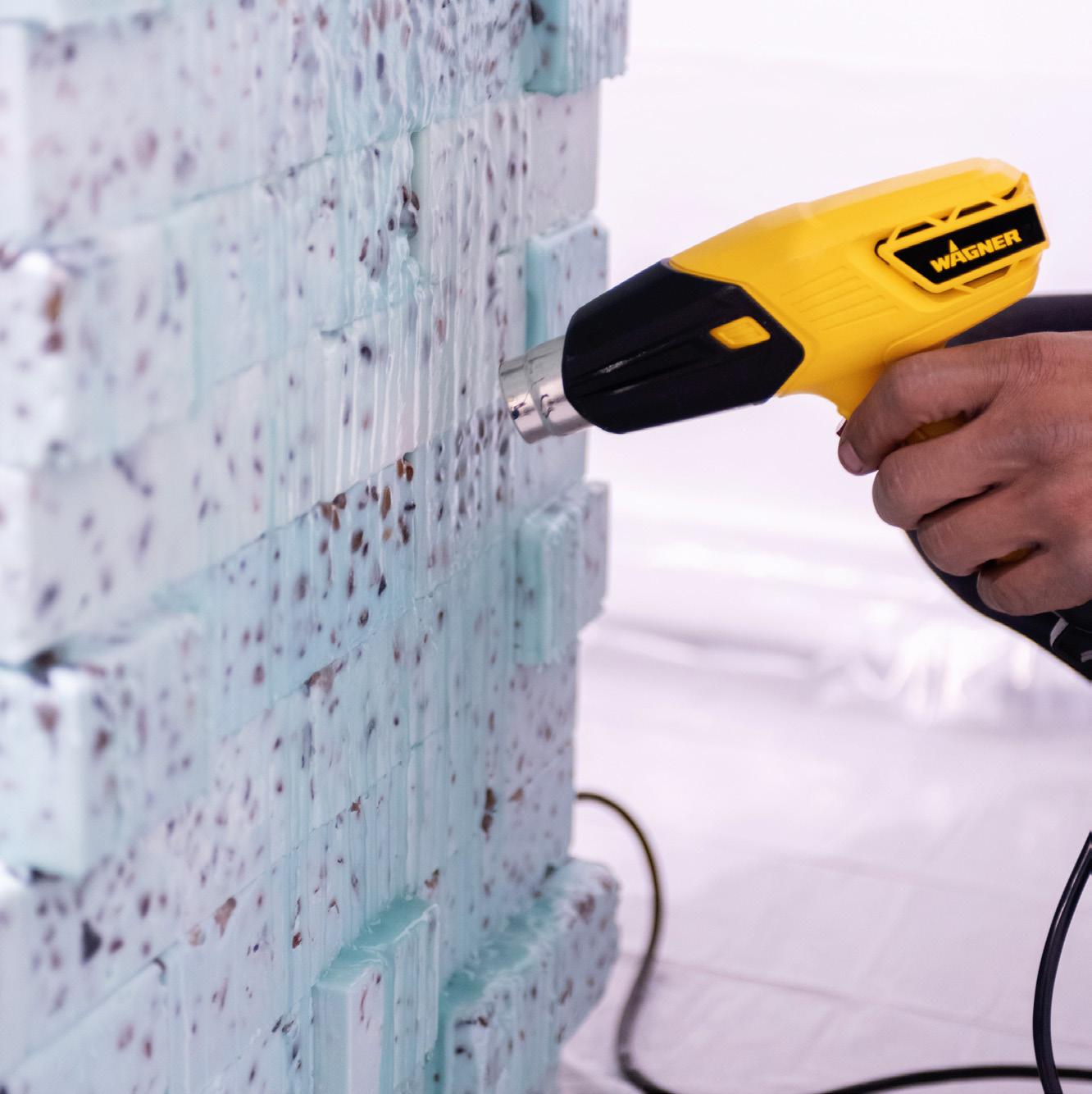

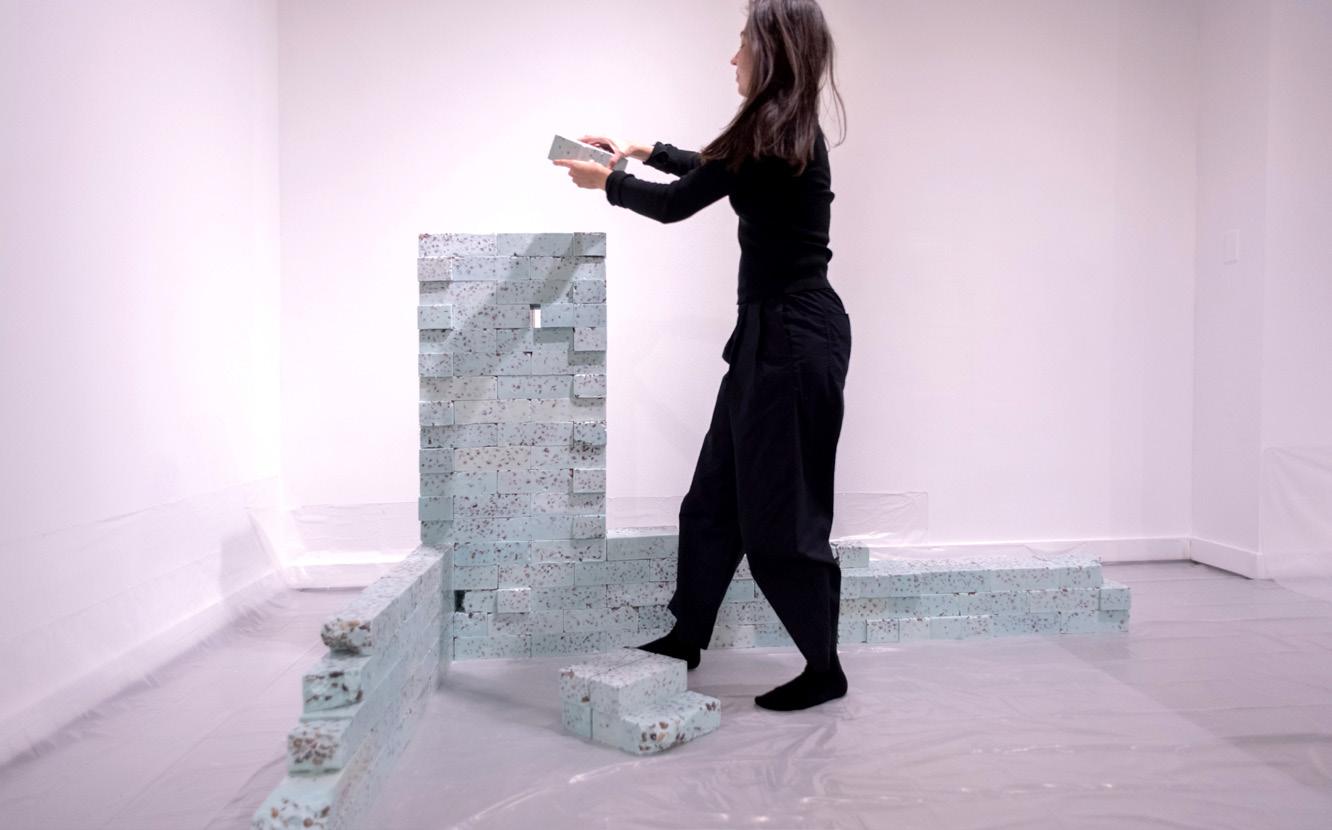
Where do materials come from? How will this environment perform? How will it be fueled? And importantly, how will humans, and other living and non-living beings, interact or be affected by such a subject?

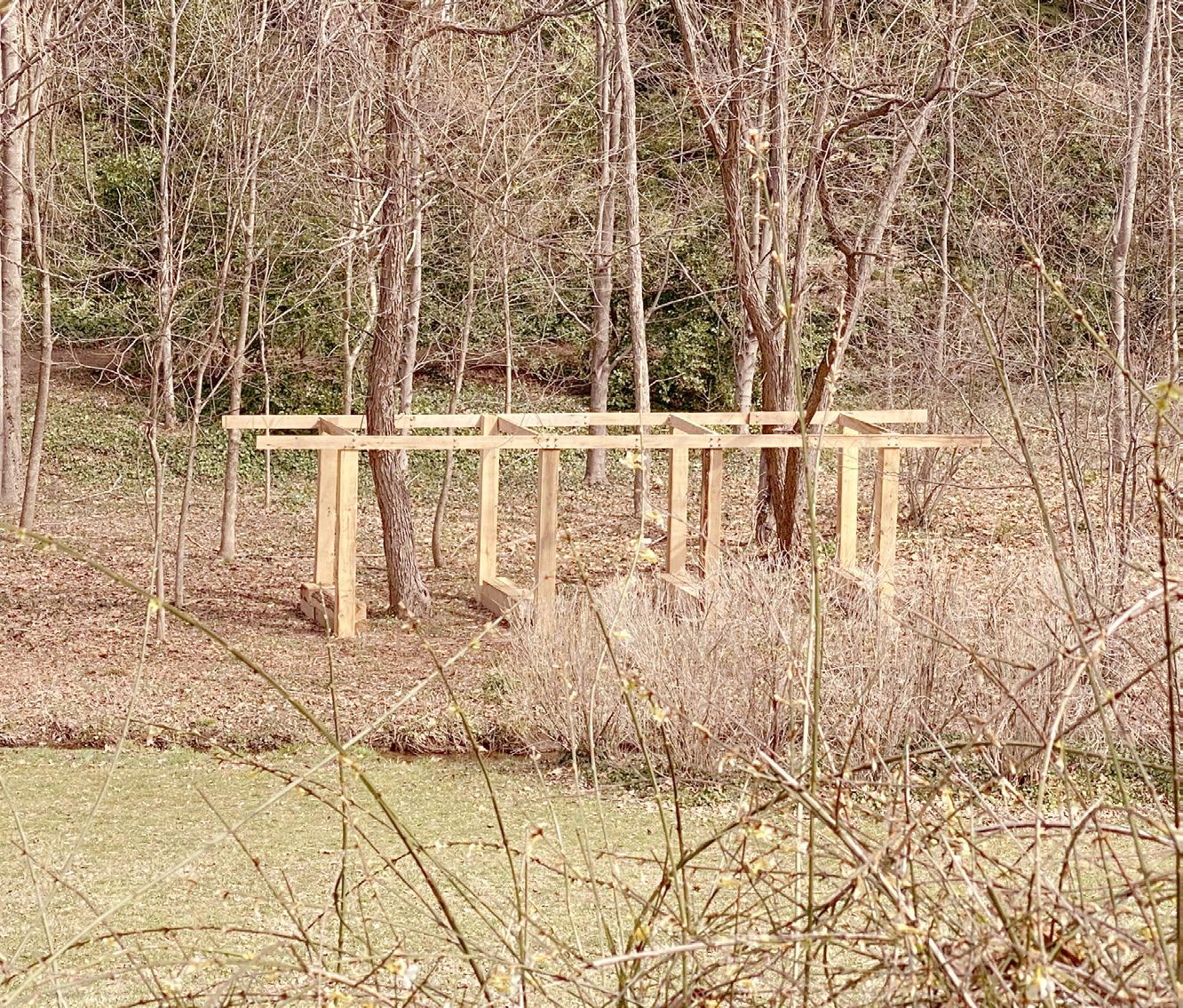
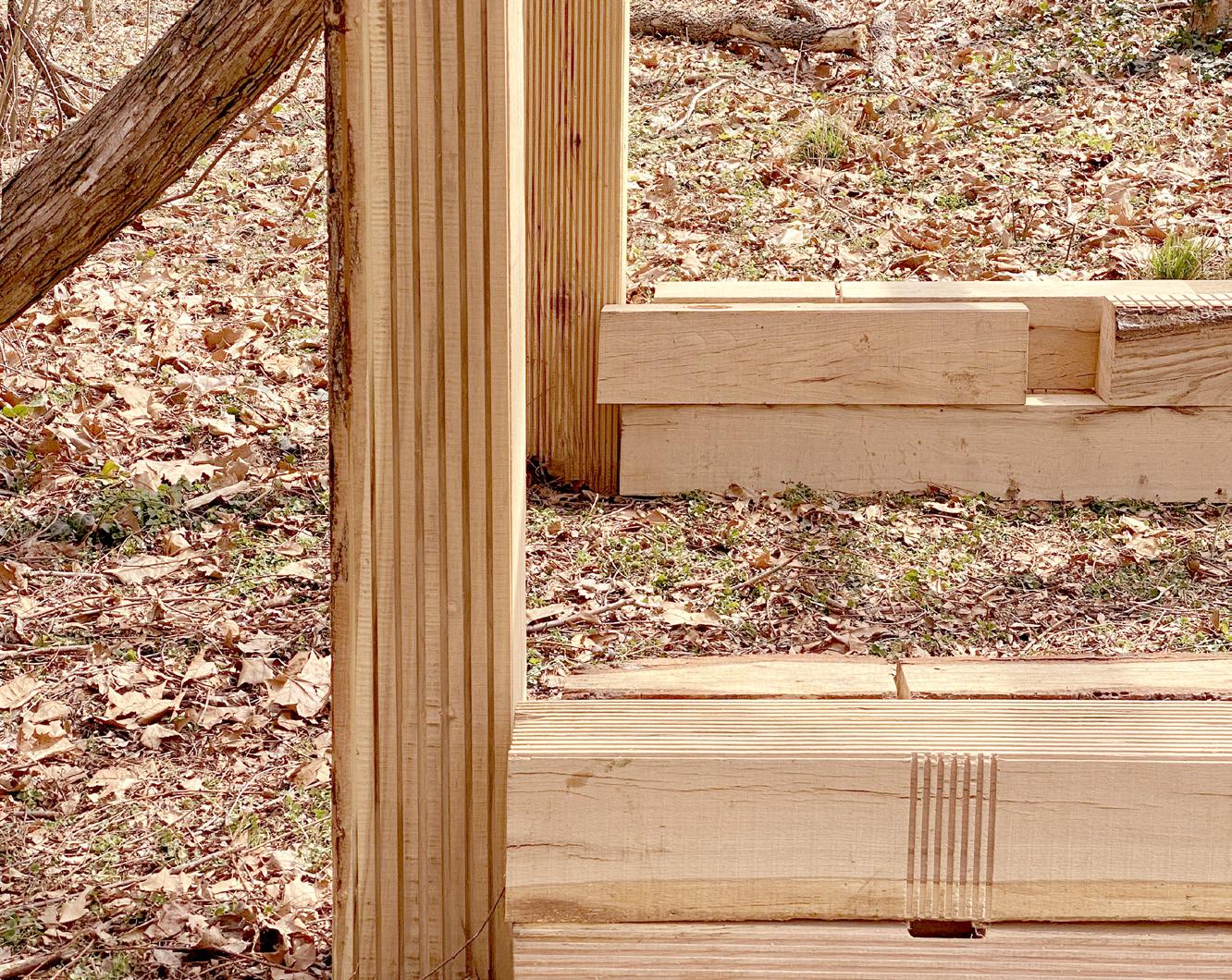
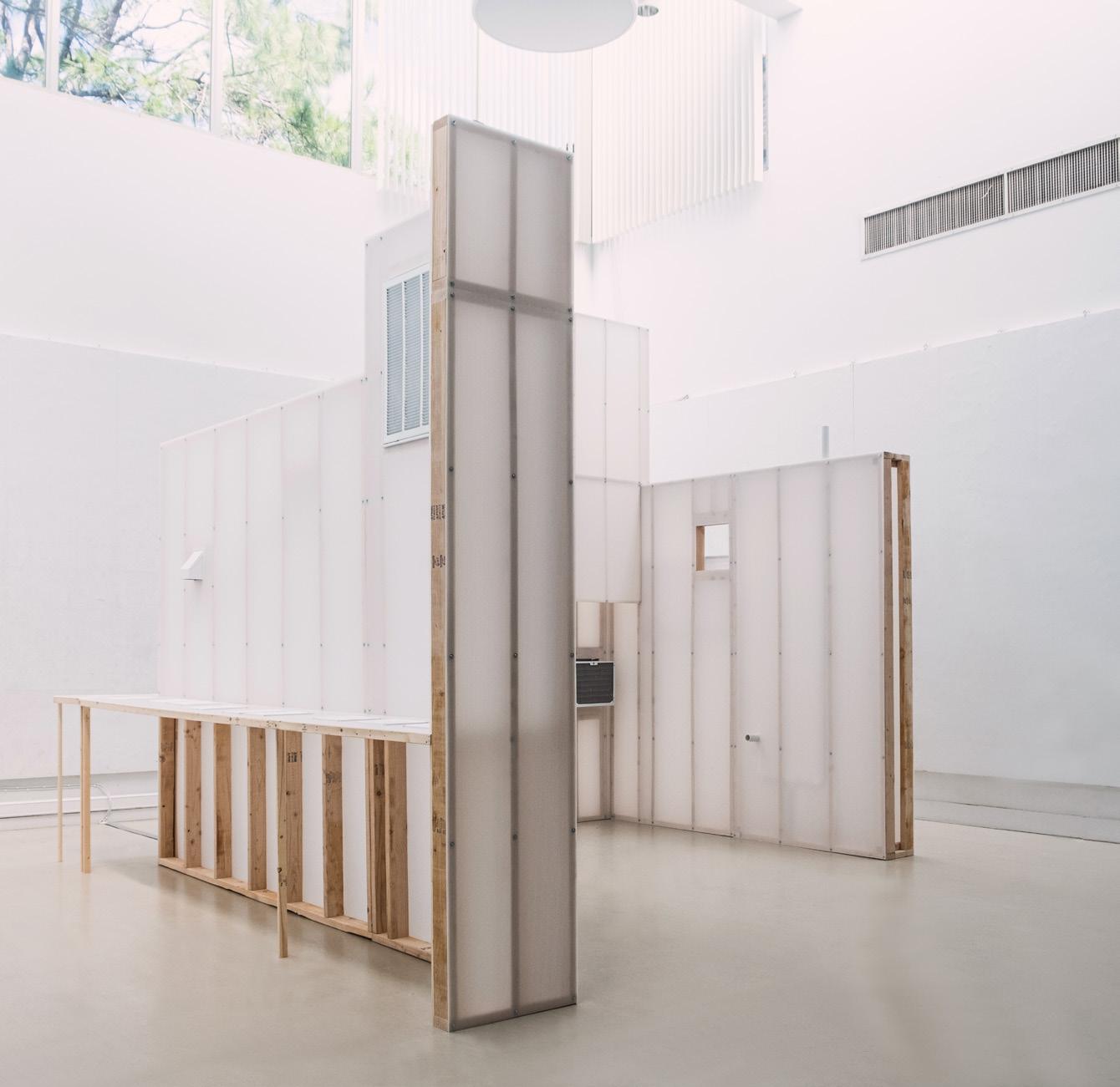
The design methodology “(im)material matters” seeks to re-engage the relationship between artifacts and time to include the processes of making, inhabiting and operating temporary states of matter.
Insulation, resistance value, vapor barrier: Contemporary rhetoric around the building envelope tends to present its role primarily as one of separation. The narrative of the tight building, realized in the service of energy efficiency, perpetuates our understanding of the envelope as a modern agent: the membrane materializes a separation of culture from “nature,” or that which lies outside the human realm.
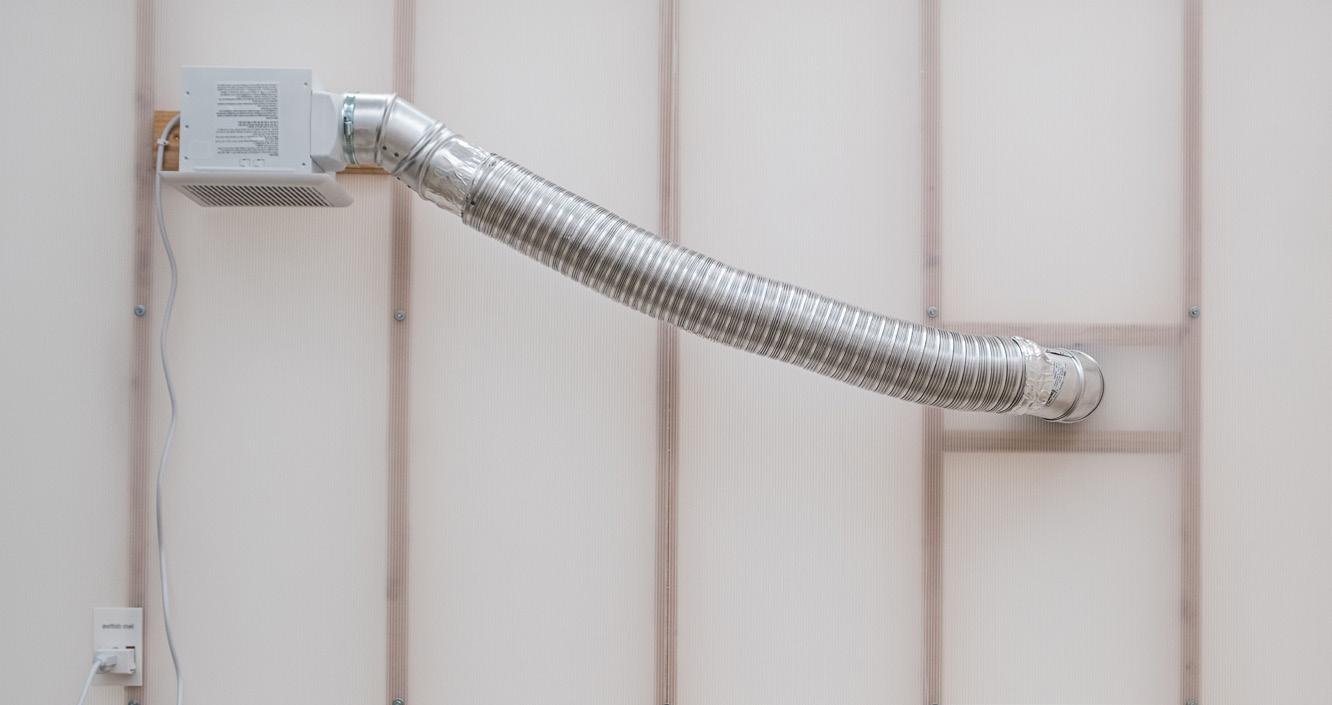
Yet there exists another, often overlooked, narrative. Through the medium of air, Of Envelopes and Air explores the transgressive relationship between our atmosphere and the building envelope.
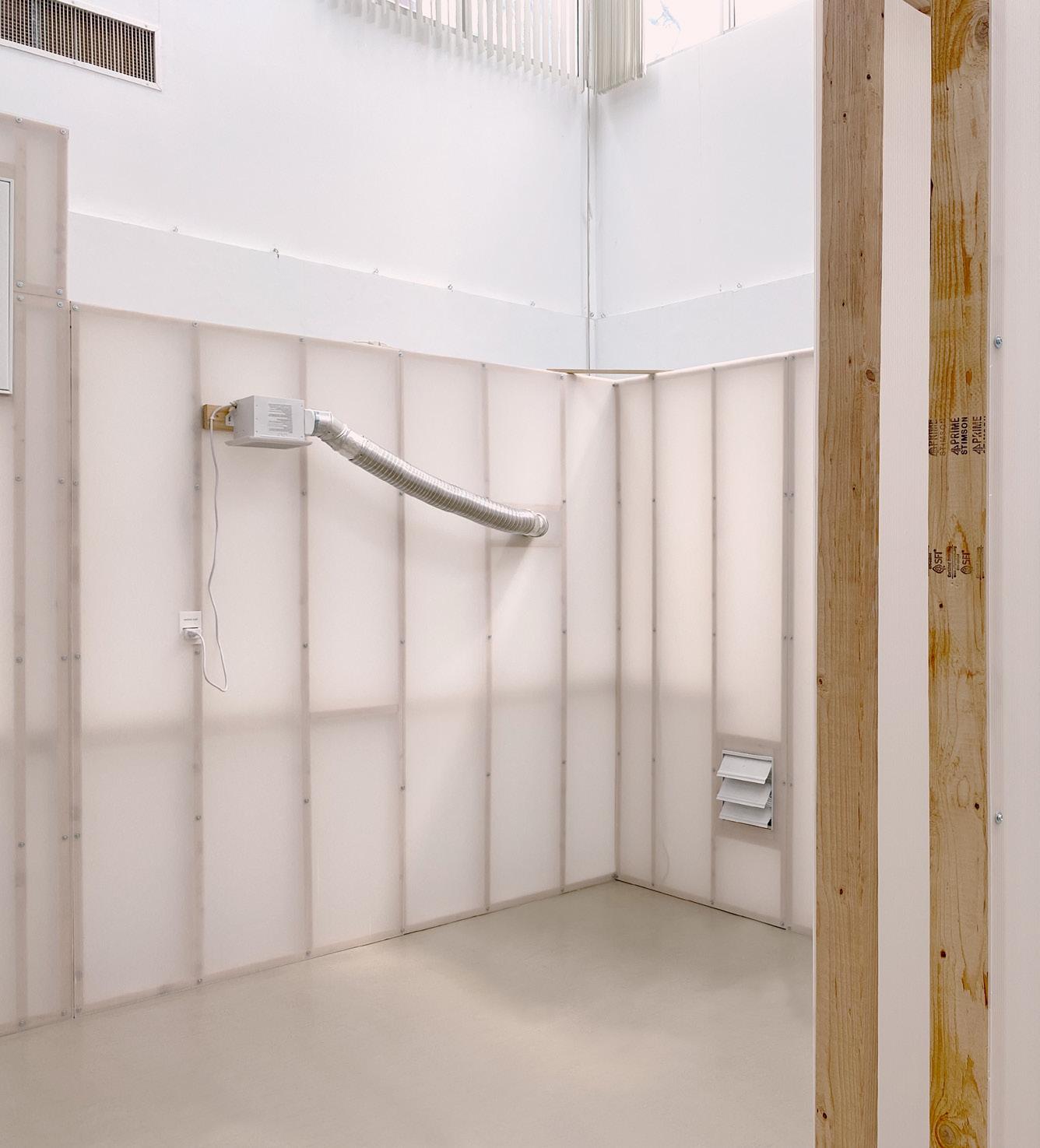
Galen Pardee
Galen Pardee directs the design and research studio Drawing Agency. He received his BA from Brandeis University and an MArch from Columbia University Graduate School of Architecture, Planning and Preservation (GSAPP). Galen has taught at Columbia University GSAPP, Barnard University, the University of Tennessee, and The Ohio State University, where he was the LeFevre Emerging Practitioner Fellow. Drawing Agency explores dimensions of architectural advocacy, material economy, adaptive reuse, and expanded practice through writing, exhibitions, and design commissions in California, Colorado, and New York. Research projects have been funded by The Ohio State University, Columbia University GSAPP, and the Graham Foundation, and published in the Avery Review, Faktur Journal, Urban Omnibus, and Thresholds, among others. Drawing Agency’s work has been included in solo exhibitions, group shows, and symposia in the United States and abroad including the Chicago Architectural Biennial and Venice Architecture Biennale.






